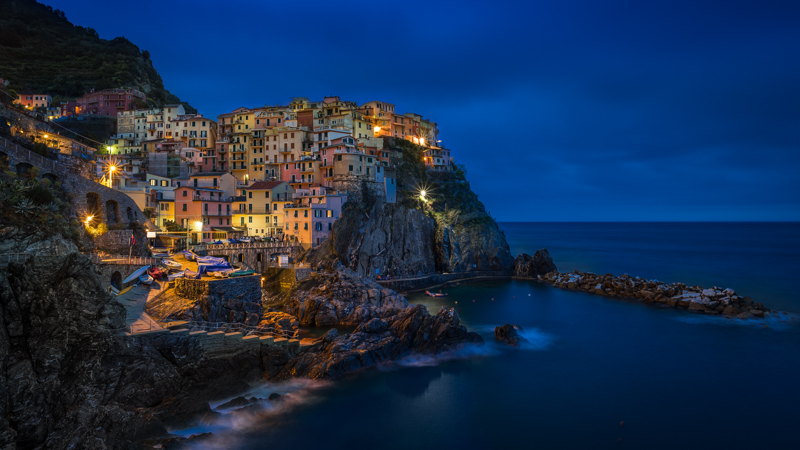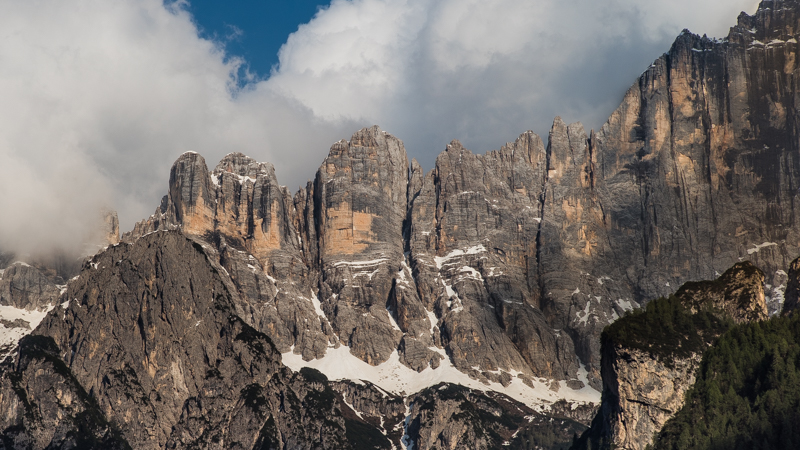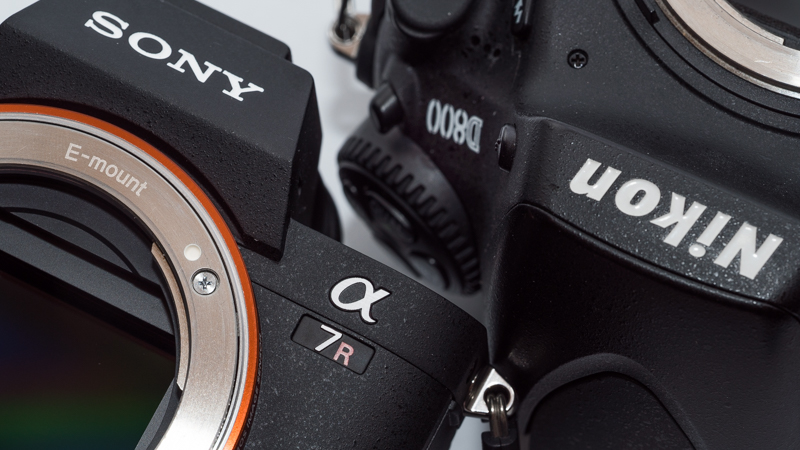Hi Bastian,
can you tell us a little bit about yourself and why you use manual Lenses?
Bastian: I am a bridge engineer from Germany and my lovestory with manual lenses began with the 50mm 0.95 Mitakon and the 12mm 5.6 Voigtlander used with the Sony A7. I couldn’t believe it being possible to get consistently sharp results with a lens like the 50mm 0.95 after I have so badly failed using an Ai-s Nikkor 50mm 1.2 on my D800 (which was even equipped with an EG-s focusing screen). The 12mm 5.6 on the other hand was a total relief in terms of size and weight and so I was hooked. Right now I have sold almost all of my Nikon gear. If you are curious you can read the whole story here: my transition from Nikon to Sony.
It is also a matter of fact that by the time I was using manual lenses I realised I don’t need AF for most of what I am doing and so today I am confident enough to even shoot weddings without AF lenses.



Continue reading The Manual Photographers Series Part 0.2: BastianK







